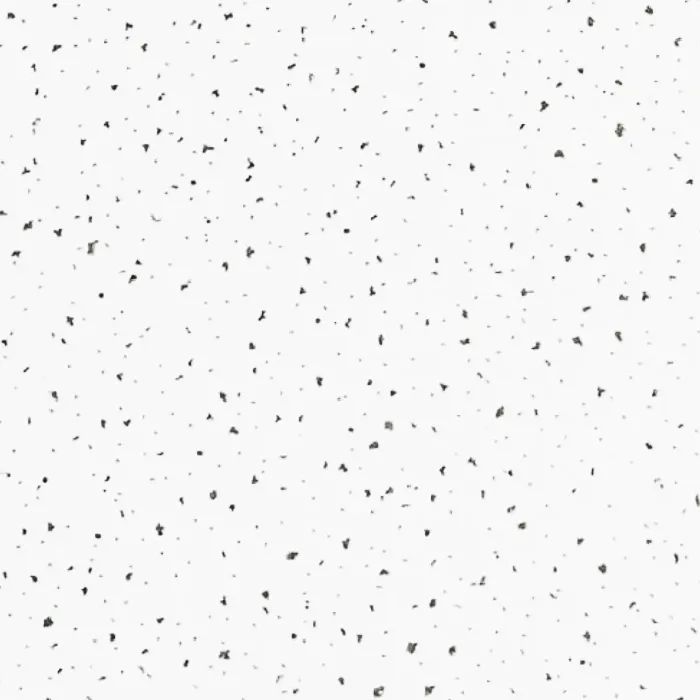- Afrikaans
- Albanian
- Amharic
- Arabic
- Armenian
- Azerbaijani
- Basque
- Belarusian
- Bengali
- Bosnian
- Bulgarian
- Catalan
- Cebuano
- Corsican
- Croatian
- Czech
- Danish
- Dutch
- English
- Esperanto
- Estonian
- French
- German
- Greek
- Hindi
- Indonesian
- irish
- Italian
- Japanese
- Korean
- Lao
- Malay
- Myanmar
- Norwegian
- Norwegian
- Polish
- Portuguese
- Romanian
- Russian
- Serbian
- Spanish
- Swedish
- Thai
- Turkish
- Ukrainian
- Uzbek
- Vietnamese
Օգս . 06, 2024 06:11 Back to list
Exploring the Benefits and Applications of Ceiling Mineral Fiber in Modern Construction Solutions
Understanding Ceiling Mineral Fiber An Essential Component for Modern Interiors
In the world of interior design and construction, the materials we choose significantly impact aesthetics, acoustics, and functionality. One such crucial material is ceiling mineral fiber, which has gained popularity in both commercial and residential settings due to its unique properties and advantages. This article delves into what ceiling mineral fiber is, its benefits, applications, and why it has become a go-to choice for many builders and designers.
What is Ceiling Mineral Fiber?
Ceiling mineral fiber is a type of acoustic ceiling tile crafted from mineral fiber materials, such as glass wool or stone wool. These materials are known for their lightweight and durable qualities, making them ideal for ceilings in various environments. The production process generally involves combining fibers with binders and additives to enhance performance characteristics, such as sound absorption, fire resistance, and moisture control. The resulting tiles are versatile and can be found in various sizes, styles, and textures, catering to different design preferences and functional requirements.
Benefits of Ceiling Mineral Fiber
One of the primary advantages of ceiling mineral fiber is its excellent sound absorption properties. In spaces where noise reduction is paramount—such as classrooms, offices, and auditoriums—these tiles can significantly improve acoustic comfort. The porous structure of mineral fiber allows sound waves to penetrate the material, thereby reducing reverberation and echoes. This feature makes it an effective solution for creating quieter, more productive environments.
Additionally, ceiling mineral fiber is known for its fire-resistant properties. Most mineral fiber ceiling tiles have a high fire rating, making them a safer choice for buildings where fire safety is a concern. In the event of a fire, these tiles do not emit toxic fumes, further enhancing their appeal in commercial applications.
ceiling mineral fiber

Moisture resistance is another critical advantage. Ceiling mineral fiber tiles can withstand high humidity levels without warping or degrading, making them suitable for areas like kitchens, bathrooms, and indoor swimming pools. This characteristic helps maintain the integrity of the ceiling while preventing the growth of mold and mildew—a concern in many climates.
Applications of Ceiling Mineral Fiber
The versatility of ceiling mineral fiber means it can be used in a wide array of applications. In commercial spaces, these tiles are ideal for offices, conference rooms, and retail environments, where both aesthetic appeal and acoustic control are essential. Their ability to be painted or finished in various ways allows designers to create custom looks that align with corporate branding or design themes.
In residential settings, ceiling mineral fiber can be used to enhance living spaces, home theaters, and basements. Homeowners appreciate their noise-reducing qualities and the range of styles available, enabling them to choose options that suit their home’s interior design.
Moreover, these tiles are eco-friendly. Many manufacturers produce ceiling mineral fiber from recycled materials, contributing to sustainable building practices. This focus on sustainability appeals to environmentally-conscious consumers and businesses looking to reduce their carbon footprint.
Conclusion
Ceiling mineral fiber is a remarkable building material that marries functionality, safety, and design flexibility. Its sound-absorbing capabilities, fire resistance, moisture management, and ecological benefits make it an essential component in modern construction and interior design. As we continue to strive for comfort and efficiency in our living and working environments, ceiling mineral fiber will undoubtedly remain a popular choice among architects, builders, and homeowners alike. Whether enhancing a school’s learning environment or creating a calm atmosphere in a home, ceiling mineral fiber is a trusted solution that meets a wide range of needs.
-
Transform Interiors with PVC Gypsum Ceiling: A Stylish, Durable, and Moisture-Resistant SolutionNewsMay.19,2025
-
The Smart Interior Upgrade: Discover the Durability and Versatility of Gypsum Ceiling Access Panel SolutionsNewsMay.19,2025
-
The Smart Choice for Interior Design: Discover the Value of PVC Gypsum Ceiling SolutionsNewsMay.19,2025
-
Mineral Fiber Ceiling Tiles: The Smart Blend of Performance and AestheticsNewsMay.19,2025
-
Mineral Fiber Ceiling Tiles: The Superior Choice Over Gypsum for Sound and Fire SafetyNewsMay.19,2025
-
Mineral Fiber Ceiling Tiles: Eco-Friendly Strength and Style for Every CeilingNewsMay.19,2025







